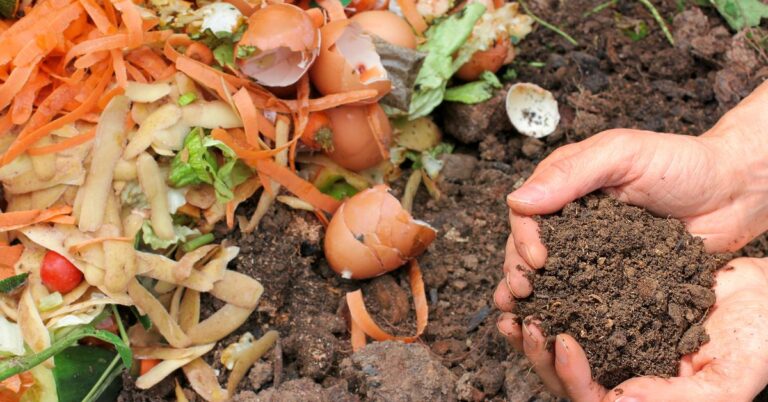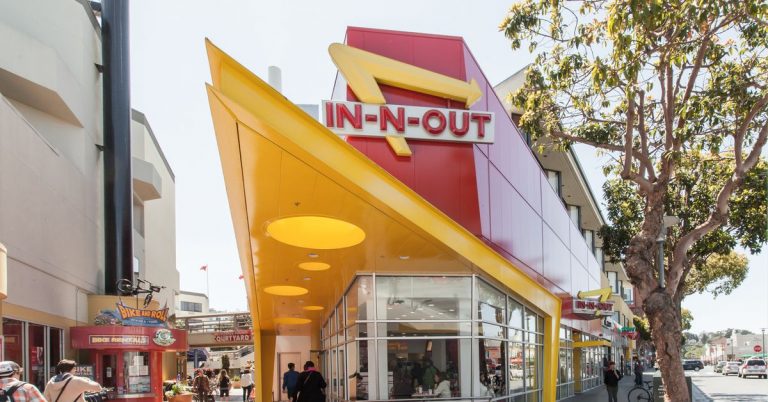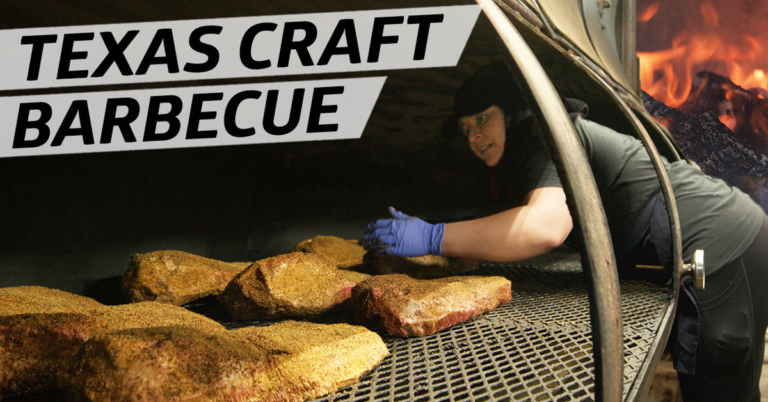How to Throw Your Martini Instead of Stirring or Shaking
One recent Tuesday night at New York’s El Quijote, a historic Spanish restaurant that reopened in February, guests paused their animated conversations to watch a bartender pour an El Presidente—not simply from a mixing glass into a coupe, but in a graceful, cascading stream from one tin held high above his head into a second tin, sinking lower and lower with each subsequent pour, the distance limited only by the bartender’s own wingspan.
Also known as rolling, tossing, pulling or stretching, “throwing” entails pouring a cocktail back and forth between two tins, usually in increasingly long, dramatic arcs. A staple of flair bartending, where flashy presentation supersedes all else, the technique is finding a new home behind a variety of conventional cocktail bars.
“It’s kind of a showstopper,” says Brian Evans, director of bars for Sunday Hospitality, which includes El Quijote. “I’ve seen jaws drop in the middle of conversations at the bar—they weren’t expecting it.”
How to Throw a Cocktail
Learning how to throw a cocktail takes some practice. Most bartenders suggest working with water first, or as Nick Detrich suggests, simple syrup. “It gives you more of a mess to clean up—that really hones your focus!”
- Start by holding one tin in each hand.
- The shaker in your dominant hand should have a Hawthorne strainer in place. Hold that shaker at eye level or higher, with the other directly below. Pour from the top tin to the bottom tin, lowering your nondominant hand to catch the stream as you pour.
- Keep your eye on the tin you are lowering, not the stream.
- Practice: Aim for a fluid, elegant motion.
But throwing is more than just a party trick: Bartenders say it aerates the drink, lightening the texture and releasing aromas and flavors, similar to decanting wine. By introducing air, the technique adds more volume than a silky stirred drink, explains Evans, and lends a more languid texture compared to a sharply shaken drink: “It creates a more medium-sized bubble than the microscopic bubbles created by shaking a cocktail.” It also “opens up aromatics,” particularly the botanicals found in vermouth and fortified wines. And, naturally, “It gives an element of theater, which does affect the taste buds of the guest.”
Of course, the technique is hardly new. According to Julio Cabrera, a Cuban-born cantinero and founder of Miami’s Cafe La Trova, the technique started in Spain as a way to chill wine and sherry. By the 1850s and 1860s, it had become common stateside as a way to mix and chill drinks, according to cocktail historian David Wondrich. In his book Imbibe! (whose cover depicts Jerry Thomas throwing his signature Blue Blazer cocktail), Wondrich cites a passage from an 1852 novel, The Upper Ten Thousand, in which a character prepares a Sherry Cobbler by pouring the contents from one glass to another: “ice, brandy, lemons, and all, seemed to be constantly suspended in the air, and oscillating between the glasses. The tumblers themselves at no time approached nearer than two feet from each other!”
Today, the patron saint of thrown cocktails is Miguel Boadas, a Cuban-born bartender who learned the technique at Havana’s El Floridita. Boadas left Cuba for Spain in the 1920s, opening his namesake Boadas Bar in Barcelona in 1933 where drinks—most famously, Martinis—are still thrown to this day.
When Cuba-inspired bar Manolito opened in New Orleans in 2018, shortly after Cuba had reopened to travelers from the United States, thrown cocktails featured heavily on the menu, from classics like the Manhattan to originals like Chris Hannah’s Bywater (rum, Averna, green Chartreuse, falernum). According to Manolito partner Nick Detrich, Boadas was always a source of inspiration. In 2017, Detrich headed to Cuba for the 200th anniversary of the legendary Floridita bar. “Two of the people in attendance were descendants of Boadas,” he remembers. “We ended up throwing drinks with the cantineros, connecting the dots through that.”
When Detrich moved to Indiana in 2020 and opened Small Favors in Bloomington, a bar that serves only wine-based drinks, thrown cocktails became a feature there too. For drinks like the Bamboozled (blanc vermouth, amontillado sherry, Cappelleti aperitif, orange bitters), the technique became the perfect middle ground for working with fortified and aromatized wines. “You don’t do them justice with just stirring them,” Detrich says. “They need to be livened up a bit more, but you don’t want to destroy them with more aggressive aeration in a shaker.”
While many bartenders relegate throwing cocktails to the streamlined classics, others, like Jeremy Le Blanche, beverage director of New York’s Thyme Bar, find it to be an appropriate technique for more elaborate drinks, too. For his Gynoeceium Old-Fashioned (peanut butter fat–washed bourbon, tonka cordial, bitters and salt) and his savory Solanum Negroni (Campari sous-vided with tomato jam, and gin sous-vided with a 25-spice “umami powder”), the aeration of throwing helps to further “open up the flavor,” he says.
Cabrera, who uses the technique at La Trova to add “sparkliness” to Manhattans and Martinis and a “thicker, nicer foam” to drinks that are first shaken, then thrown—like those with egg whites, pineapple juice, even an Espresso Martini—recommends that every bar should have at least one cocktail that’s meant to be thrown.
“Showmanship is one of the most important things in bartending,” he says. “It’s not just making a great cocktail, but how you create a great cocktail, with some flair and show. A bartender is an entertainer. Throwing the cocktail is a lot about that.”
The technique may never be as standard-issue as shaking or stirring, but it’s a worthwhile addition to the bartender toolbox, if only to preserve a centuries-old method. “When we were in talks to reopen El Quijote and bring it back to life,” Evans explains, “we wanted to employ the cocktail-throwing technique, to keep that art alive.”






